TS
kepaladuren
Tank Vs Aircraft Procedure? Amrik punya
Passive air defense
Passive air defense consists of all measures taken to prevent the enemy from detecting and/or locating the unit, to minimize the target acquisition capability of enemy aircraft, and to limit damage to the unit if it comes under air attack. One advantage the company team can exploit is that target detection and acquisition are difficult for crews of high-performance aircraft. In most cases, enemy pilots must be able to see and identify a target before they can launch an attack.
Guidelines
The company team should follow these guidelines to avoid detection and/or to limit damage:
- When stopped, occupy positions that offer cover and concealment; dig in and camouflage vehicles that are exposed. When moving, use covered and concealed routes.
- Disperse vehicles as much as possible to make detection and attack more difficult.
- Wipe out track marks leading to vehicle positions, and eliminate or cover the spoil from dug-in positions
- If moving when an enemy aircraft attacks, disperse and seek covered and concealed positions.
- Do not fire on a hostile fixed-wing aircraft unless it is clear that the aircraft has identified friendly elements. Premature engagement will compromise friendly positions.
- Designate air guards for every vehicle and/or position, and establish and maintain 360-degree security.
- Establish an air warning system in the unit SOP, including both visual and audible signals.
Passive air defense procedures
When the company team observes fixed-wing aircraft, helicopters, or UAVs that could influence its mission, it initially takes passive air defense measures unless the situation requires immediate active measures. This reaction normally will be in the form of each platoon's react to air attack battle drill; however, the commander can initiate specific passive measures if necessary. Refer to the passive air defense guidelines for the company team discussed earlier in this section. (NOTE: Passive air defense also includes the company team's preparations for conducting active air defense measures.)
Passive air defense involves these three steps:
Step 1 - Alert the company team with a contact report.
Step 2 - Deploy or take the appropriate actions. If the company team is not in the direct path of an attacking aircraft, the commander or the platoon leaders order vehicles to seek cover and concealment and halt with at least a 100-meter interval between vehicles. The team also may be ordered to continue moving as part of the task force. Figure 6-3 illustrates procedures used to evade enemy aircraft.
Step 3 - Prepare to engage. Fighting vehicle crews prepare to engage the aircraft with machine gun or main gun fire on order of the commander or their platoon leaders.
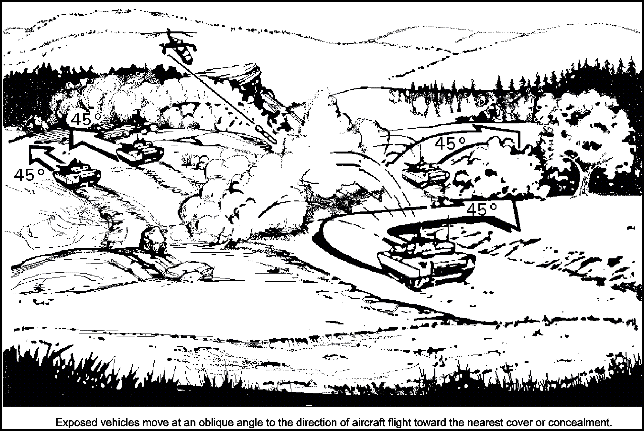
Figure 6-3. Procedures for evading enemy aircraft.
Active air defense
If the commander determines that the company team is in the direct path of attacking aircraft, he initiates active air defense procedures, including react to air attack drills by the team's platoons. Active air defense entails the following steps:
Step 1 - Initiate fires. The primary intent is to force aircraft to take self-defense measures that alter their attack profile and reduce their effectiveness. Leaders may use a tracer burst to designate an aim point for machine gun antiaircraft fires (see Figure 6-4). Volume is the key to effectiveness; tanks and BFVs throw up a "wall of steel" through which aircraft must fly. Effective in company team air defense employment are the tank main gun and TOW and Javelin missiles against hovering attack helicopters, the tank main gun and BFV 25-mm cannon against moving helicopters, and the tank main gun MPAT round against high-performance aircraft.
Step 2 - Create a nonlinear target. Vehicles move as fast as possible at a 45-degree angle away from the path of flight and toward attacking aircraft (as illustrated in Figure 6-3). Each platoon maintains an interval of at least 100 meters between vehicles, forcing aircraft to make several passes to engage the entire platoon.
Step 3 - Move quickly to covered and concealed positions and stop. Vehicles freeze their movement for at least 60 seconds after the last flight of aircraft has passed.
Step 4 - Send a SPOTREP. The commander or XO updates the task force commander on the situation as soon as possible.
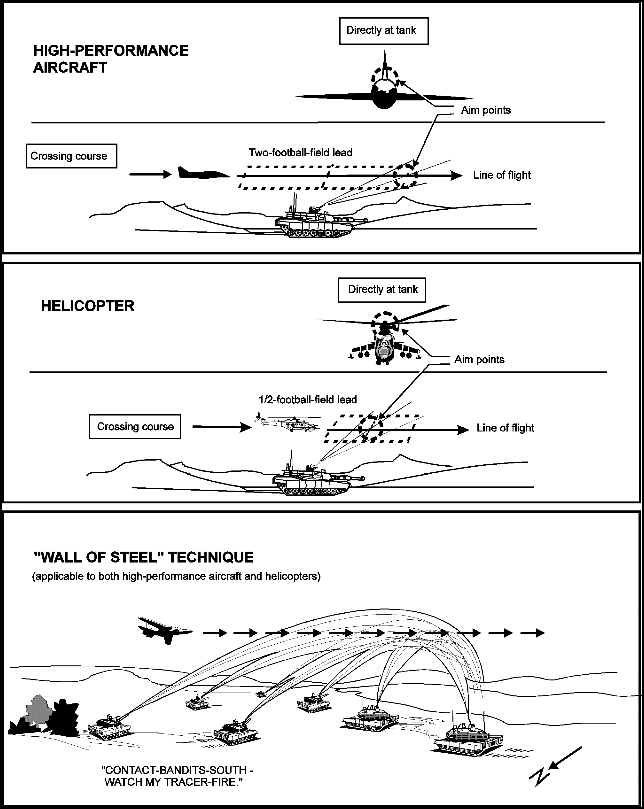
Figure 6-4. Machine gun aim points against helicopters and high-performance aircraft.
 itu yang jadi target aircraftnya terbangnya luruuuuuuusss........
itu yang jadi target aircraftnya terbangnya luruuuuuuusss........Weapon control status
The weapon control status describes the relative degree of control in effect for air defense fires. It applies to all weapon systems. The platoon leader receives the status from the company or troop commander. The three control statuses are the following:
WEAPONS FREE. Crews can fire at any air target not positively identified as friendly. This is the least restrictive weapon control status.
WEAPONS TIGHT. Crews can fire only at air targets positively identified as hostile according to the prevailing hostile criteria.
WEAPONS HOLD. Crews are prohibited from firing except in self-defense or in response to a formal order. This is the most restrictive control status.
Platoon air defense fires
When it must fight back, the platoon can use the tank's main gun and machine guns against attacking aircraft.
Machine gun fires. Engaging aircraft with volume fire is the key to effective use of the machine guns. These fires must be coordinated to be effective. Delivered on the platoon leader's command, they are directed at an aim point; gunners do not attempt to track the target with machine guns. Figures 6-25 and 6-26 illustrate guidelines and procedures for selecting machine gun aim points. These rules are simple and logical; everyone in the platoon must learn and retain them.
Main gun fires. Several types of main gun ammunition are effective against helicopters, including MPAT, high explosive antitank (HEAT), and armor-piercing discarding sabot (APDS) rounds. The main gun aim point is always center of mass.
NOTE: Refer to the battle drill for reaction to air attack in Chapter 3 of this manual. For further information on MPAT ammunition, refer to FM 17-12-1-1.
sumber: Army Field Manuals, Tank and Mechanized Infantry Company Team
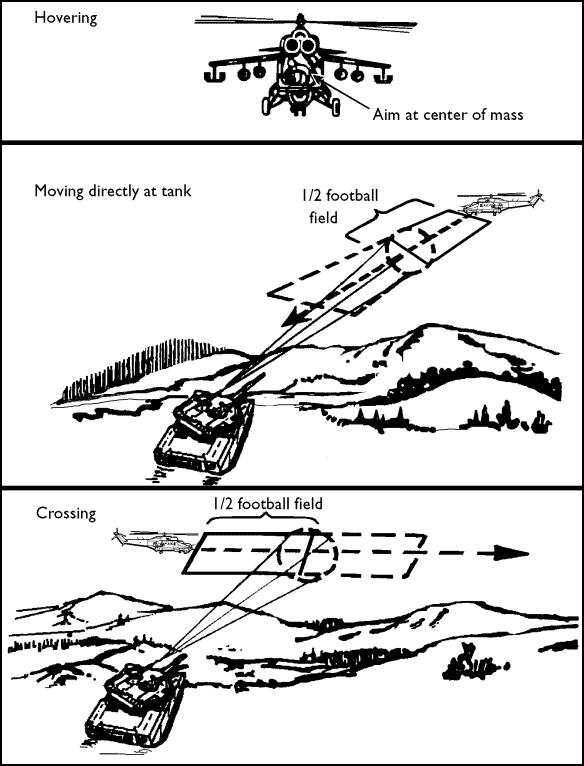
Figure 6-25. Machine gun aim points against helicopters.
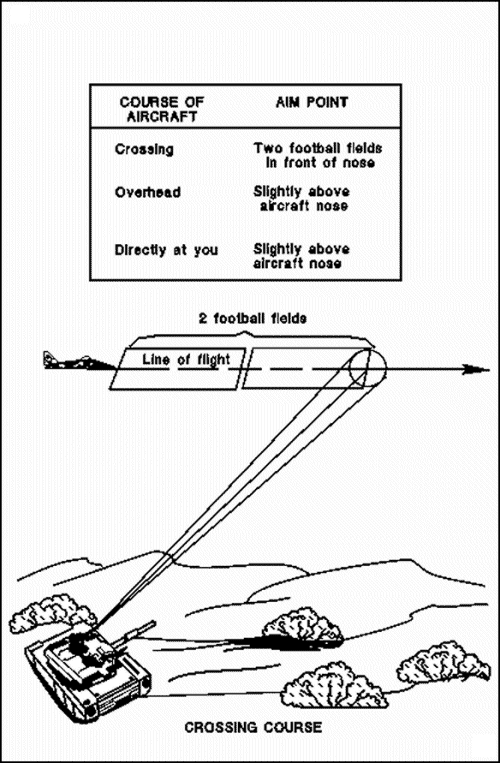
Figure 6-26. Machine gun aim points against
high-performance aircraft.
AIR DEFENSE ARTILLERY SYSTEMS
The mission of the ADA is to protect friendly forces and selected geo-political assets from aerial attack, missile attack, and surveillance. The air defense commander employs several types of systems, at various operational levels, to provide low- to high-altitude air defense coverage.
Corps level and higher
At corps level and higher, the primary ADA systems are the Avenger and the Patriot (see Figure 6-27).
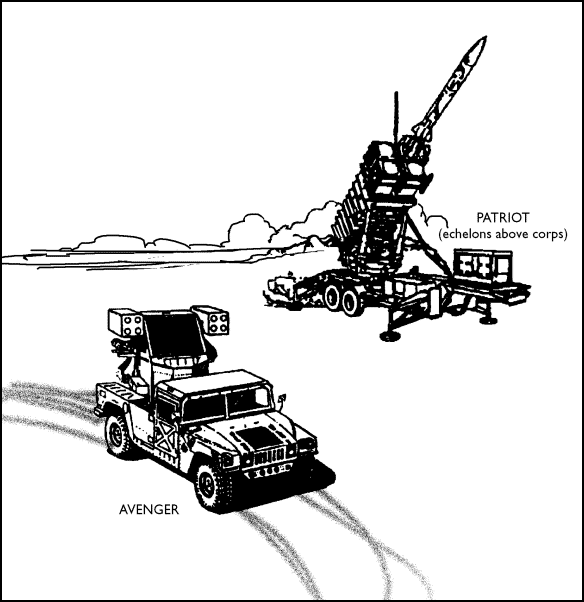
Figure 6-27. Air defense systems at corps level and above.
Tactical level (division and below)
At the tactical level, low- to medium-altitude air defense is accomplished by the air defense battalion organic to the division. The battalion or squadron uses the systems described in the following paragraphs to complement and support the maneuver force.
Stinger. This is the primary air defense weapon system for the battalion or squadron, employing short-range, shoulder-fired, heat-seeking guided missiles (see Figure 6-28). The Stinger is designed to counter high-speed, low-level ground attack aircraft. It is also a lethal weapon against helicopters, observation and transport aircraft, and UAVs. The missile has a range in excess of 5 kilometers.
The Stinger can be employed as a man-portable air defense system (MANPADS). The two-man Stinger team, consisting of an operator and a crew chief, is transported in a HMMWV or in the Bradley Stinger fighting vehicle (BSFV) or Bradley Linebacker vehicle. (NOTE: The BSFV and Bradley Linebacker are discussed later in this section.)
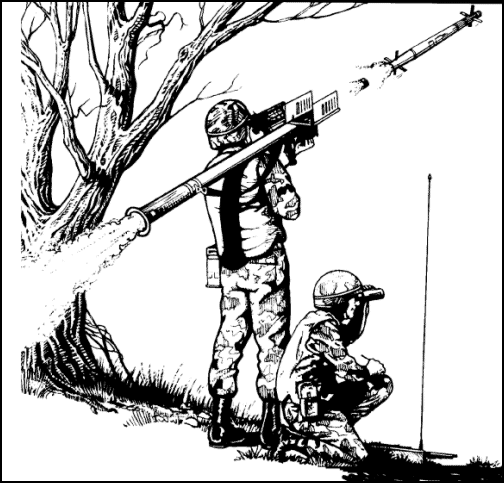
Figure 6-28. Stinger air defense system.
Bradley Stinger fighting vehicle. The BSFV, which replaces the Vulcan air defense system, provides the air defender with armor protection and gives him the ability to maneuver with the supported force and position the Stinger system forward on the battlefield (see Figure 6-29). The Stinger team must dismount to fire the missiles.
The BSFV carries a basic load of six Stinger missiles as its primary air defense weapon; the Bradley's 25-mm chain gun can be used to augment the Stinger and cover dead space to a range of 2,000 meters. The vehicle also carries five TOW missiles. Future versions of the BSFV will include the Stinger vehicle-mounted launcher (SVML) in place of the TOW system. The SVML will provide the vehicle with fire-on-the-move capability.
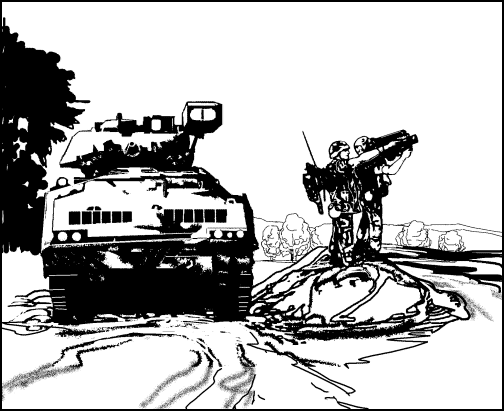
Figure 6-29. Bradley Stinger fighting vehicle.
Bradley Linebacker. This vehicle replaces the BSFV's TOW system with four ready-to-fire Stinger missiles, housed in the Stinger vehicle mounted launcher (SVML). The Bradley Linebacker, with its ability to shoot on the move, is designed specifically to provide air defense on the battlefield.
Diubah oleh kepaladuren 02-02-2014 17:50
0
3.8K
7
Thread Digembok
Urutan
Terbaru
Terlama
Thread Digembok
Komunitas Pilihan